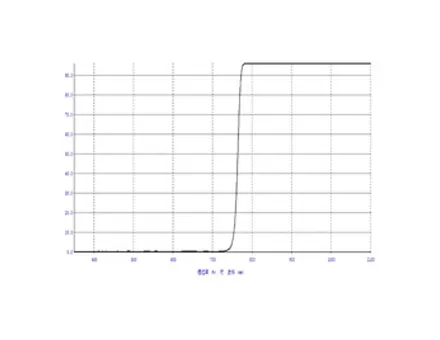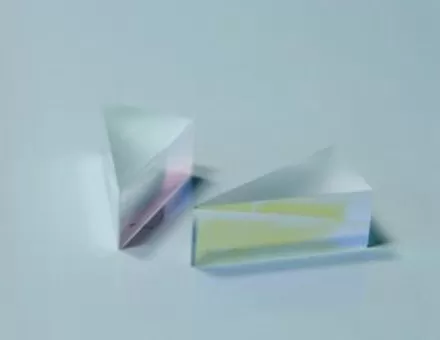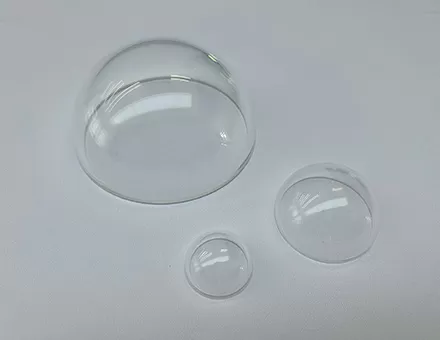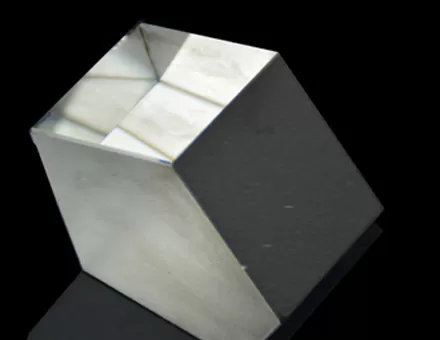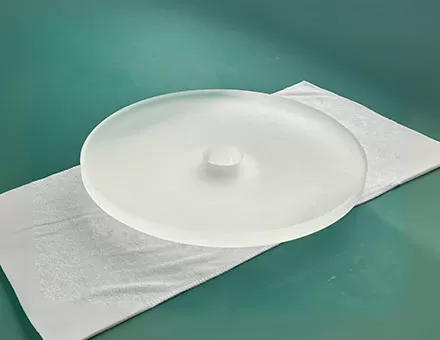Penta prisms are pentagonal prisms with four polished surfaces, two of which are reflective surfaces and the other two are incident and exit surfaces. The reflective surface of the penta prism is coated with reflective film and protected by black paint. A penta prism can turn light by 90° without specular rotation or reflection, and the 90° turn does not change depending on the position of the prism. Penta prisms are widely used in levels and rangefinders. With advanced metrology equipment and tools, the penta prism can accurately measure beam deflection at 90° azimuth.
1. Penta prism can be used to turn light at a specific angle
Prisms not only deflect light, they can also be used to orient the image. The penta prism's design will be used to determine how it interacts with light. When light hits a prism, the light is reflected on one or more surfaces before exiting, or the light is refracted as it passes through the substrate.
A penta prism consists of two refracting surfaces at 90° and two reflective surfaces at 45°. Light is incident vertically from either of the two surfaces at 90°, and then passes through the two surfaces at 45°. Surface reflection, exiting from the other side of the 90° angle, the angle between the incident light and the outgoing light is equal to the 90° angle.
2. Application of penta prism
(1) The light entering the penta prism is reflected twice in the prism, changing the direction by 90°, and the image will not be inverted, nor will it change the handedness of the image. Penta prism is mostly used as a reflective device for SLR camera framing, and can also be used as a beam fixed-angle diverter.
(2) Compared with the single-reflection right-angle prism, the penta prism can accurately deflect the input beam by 90°, and is not affected by the installation error of the prism, that is, the direction of the incident light does not need to be considered. It is more stable, so it is often used in various image observation instruments and calibration devices, such as vertical collimators, collimators, rangefinders, etc.
The reflection inside the prism is not caused by total reflection, because the angle of the incident light during reflection is less than the critical angle, which is the minimum angle of total reflection, so both reflective surfaces should be coated as mirror surfaces, and the incident and outgoing surfaces should be Anti-reflective coating is applied to reduce reflections.


















 EN
EN
